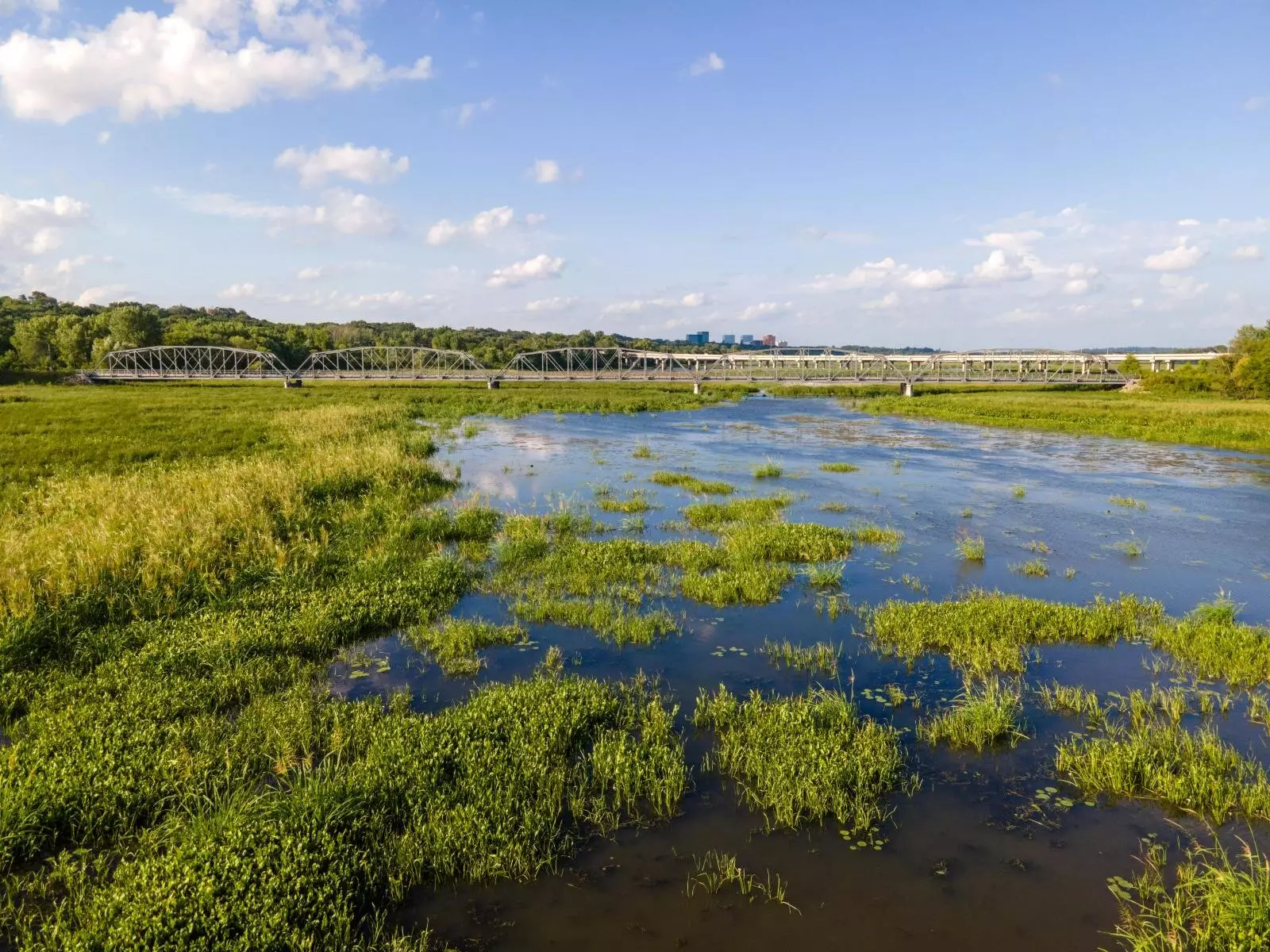Earth system models (ESMs) serve as pivotal resources for comprehending the intricate relationship between climate change and wetland ecosystems. These models are critical not just for academic research but also for informing policy decisions. Yet, many existing ESMs fall short in accurately representing wetland hydrology, often presenting a simplistic view that undermines confidence in their projections. This inadequacy poses a real risk: miscalibrated models may lead to misguided conservation and management strategies for wetlands. Recent work emerging from institutions like the Pacific Northwest National Laboratory and the University of Michigan indicates that a refined approach to simulating wetlands could transform our understanding of these crucial landscapes.
Advancements in Modeling Wetland Dynamics
The study in *Nature Communications* showcases a leap forward by employing a state-of-the-science ESM that effectively integrates physical mechanisms of wetland inundation while incorporating diverse climate scenarios. This methodological upgrade enhances the model’s ability to simulate wetland responses to climate change. Key findings highlight that the dynamics of wetlands across North America are projected to undergo significant alteration under climate change scenarios, emphasizing the model’s capacity to validate its findings against satellite observations. Importantly, the study illustrates the model’s potential to uncover intricate wetland characteristics that previous models have overlooked.
Impacts of Climate Change on Northern Wetlands
The investigation underscores that wetland areas in North America, particularly those extending from 25° to 53° North latitude, will experience considerable transformations due to climate change. On broad geographic scales, annual wetland area is projected to decline by approximately 10%. However, this average obscures the reality that some regions may see variations as drastic as ±50%. This variability suggests that localized climate phenomena will play an increasingly significant role, a dimension that prior models may have inadequately captured. As climate scenarios evolve, the dominant drivers of wetland change are predicted to shift from precipitation reliance to temperature control, resulting in notable drying during peak biotic activity in summer months.
Consequences for Biodiversity and Conservation Strategies
Another alarming outcome of this research is the potential disruption of wetland seasonality cycles, which could have dire consequences for native biodiversity in critical regions, including the upper Mississippi River basin, Southeast Canada, and the Everglades. Wetlands are not merely carbon sinks; they serve as biodiversity hubs and water purifiers essential for maintaining ecological balance. The findings suggest that mitigation strategies focusing on emissions reduction are vital for preserving these ecosystems’ integrity. The projection of shrinking wetlands in colder regions, spurred by increased infiltration from diminishing soil ice, only compounds the urgency of addressing climate change comprehensively.
These developments bring to light the necessity for enhanced modeling tools and conservative measures to protect vital wetland ecosystems against the backdrop of ongoing climate evolution. With wetlands facing unprecedented challenges, the path forward must prioritize scientific accuracy and proactive ecological stewardship.

